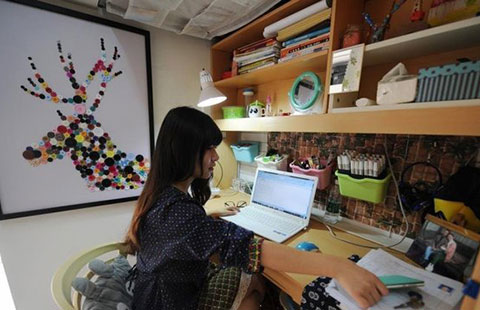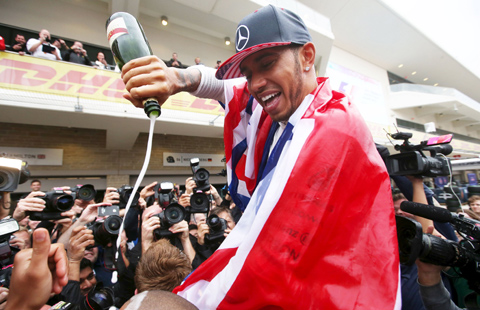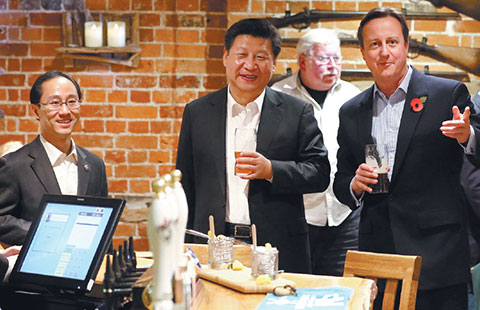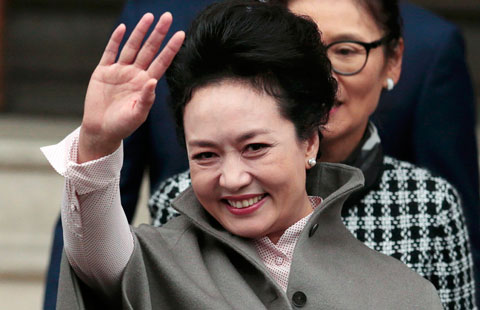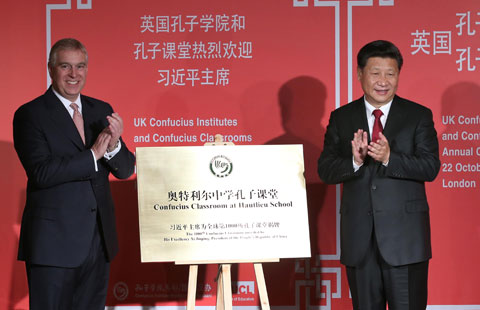
The People's Bank of China announced on Friday that both benchmark deposit rate and lending rate will be lowered by 25 basis points effective October 24, bringing down the one-year benchmark lending rate to 4.35 percent and one-year benchmark deposit rate to 1.5 percent.
As an important step toward full interest rate liberalization, the PBOC has also removed the ceiling on the deposit rate, leaving banks able to set deposit rates freely in principle. The central bank also cut reserve requirements on bank deposits from 17.5 percent to 17 percent, with additional targeted 50 bps cut for qualified banks to support agriculture and small- and medium-sized enterprises' lending.
We had anticipated a rate cut this year, though Friday's cut came sooner than we had expected. We have been arguing that China faces persistent deflationary pressure while leverage continues to rise, and that the risk of debt-deflation trap necessitates more significant monetary easing and cuts in interest rates.
Although the PBOC has lowered benchmark rates five times before Friday's move, real interest rates remained higher than a year ago and corporate debt service burden has worsened considerably in the past year. We thought the central bank and government seemed to be less worried about such risks and had been reluctant to ease monetary policy further.
Friday's announcement, placed in the context of Monday's third-quarter data which showed further weakening of industrial activity, makes us believe that the central bank may have finally become more concerned about deflationary pressure and rising debt burden.
In the third quarter, although seemingly strong services sector performance led to a real GDP growth print of 6.9 percent, official data showed that nominal secondary industry value added grew a mere 0.2 percent and that of industrial sector declined by 0.2 percent in Q3, the worst outcome in more than a decade. Against the backdrop of deteriorating real activity and downward price pressures, additional rate cuts are therefore entailed to alleviate financial stress in the corporate sector.
We now expect the PBOC to cut rates one more time this year (likely in December), and another one in early 2016 to bring one-year deposit benchmark rate to 1 percent and lending rate to 3.85 percent. This would push real deposit rate into negative territory (as has often happened in the past), which could encourage consumption, support asset prices and anchor inflation expectations.
The full removal of deposit rate's ceiling marks a de jure completion of China's interest rate liberalization, though we think it will take longer and more effort for interest rate to be de facto fully determined by market. The latter requires breaking of wide-spread implicit credit guarantees, reforms in the State-owned enterprises and financial sectors, and the development of a more price-based monetary policy regime.
Meanwhile, Chinese currency's exchange rate is forecast at 6.5 by end 2015 and 6.8 by end 2016, as the government still wants to maintain relative exchange rate stability.
